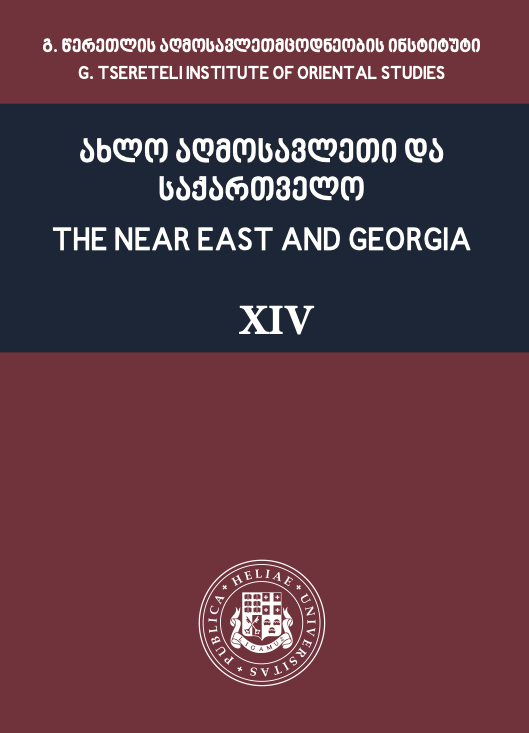THE MONUMENTAL KŪFIC INSCRIPTION DATED SHA‘BĀN AH 147 (3-31 OCTOBER 764) FROM TIFLĪS AND ITS HISTORICAL SIGNIFICANCE
DOI:
https://doi.org/10.32859/neg/14/371-389Keywords:
Tiflis, Tiflis Emirate, Kufic epigraphy, lapidary inscriptions, Khazar-Arab warsAbstract
A monumental Kūfic inscription discovered during the archeological excavations in Tbilisi (ancient Tiflīs) in 2012 is re-published and discussed by the authors. The inscription was carved on a lengthy sandstone inserted horizontally into the ancient city wall at the Dighomi gate (107 / 34 cm; the inscription proper being 98.5 / 15.5 per cm). Only three bottom lines of the 6-line (?) incription are legible. The authors read it almost entirely. The top line mentions his victory, while the bottom one comprises the date, which happens to be sha‘bān [AH] year 147 (3-31 October 764). The archeological context favours the idea that the quadra was of secondary use. Nevertheless, it indicates the Arab presence in Tiflīs already in AH 147, in contrast to al-Ṭabarī’s statement, that the Arabs regained the city only in AH 148, after the Khazar invaders had evacuated it. Moreover, this lapidary inscription refutes the hypothesis that the Arab administration was introduced in Georgia only in the 770s.




